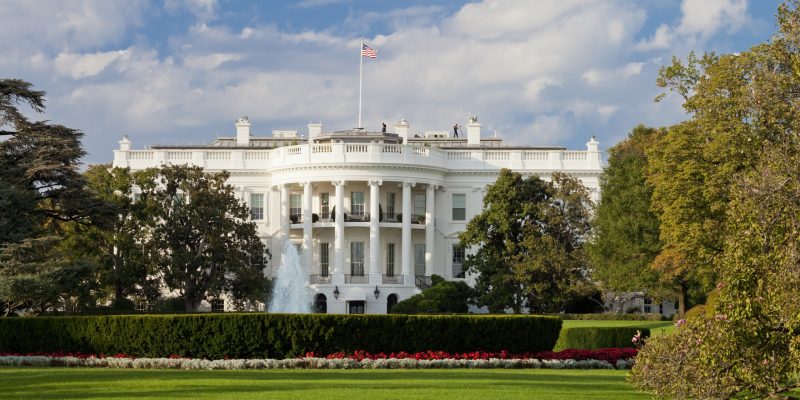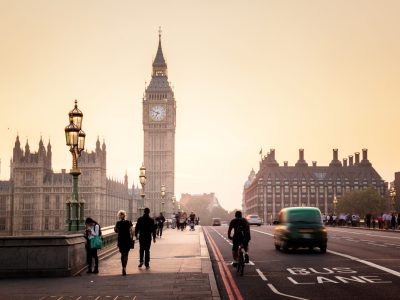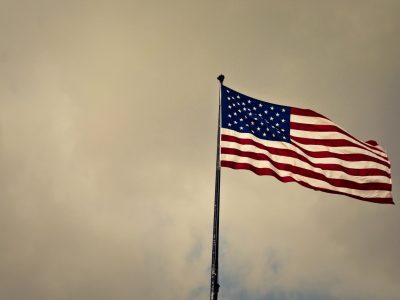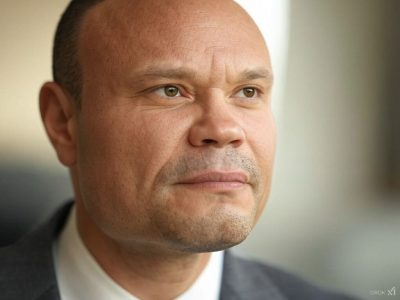
The Federal Reserve’s decision to cut interest rates by half a percentage point just months before a US presidential election has drawn significant attention.
This marks only the third time in nearly half a century that the central bank has initiated a rate-cutting cycle so close to Election Day.
Historically, interest rate decisions during election years have been rare, with the Fed often steering clear of launching new monetary policy cycles as elections approach.
Interest rate cycles during election years: A historic view
In the past 50 years, the Fed has adjusted interest rates during all but two presidential election years since 1972.
Rate changes—both increases and reductions—have been commonplace, and most adjustments have been part of broader cycles set in motion well before the election year begins.
However, launching a new cycle of rate reductions so close to an election has occurred only twice before: once in 1976, and again in 1984.
In the current context, the Fed’s rate cut comes after months of cautious monetary policy.
Jerome Powell, the Federal Reserve Chair, reiterated that the decision to cut rates was driven purely by economic data and was not influenced by the upcoming election.
“Our decisions are based on the data, the outlook, and the balance of risks—not political considerations,” Powell emphasized in a July press conference.
Still, the timing of the rate cuts—fewer than 10 weeks before Election Day—has sparked debate about the potential political implications of the decision.
Election-year rate cuts: Impact on elections
Historically, there has been a correlation between the Fed’s actions and election outcomes.
Data from previous election years shows that rate increases often coincide with the incumbent president or party retaining control of the White House.
For instance, when rates increased in five of the past election years, the incumbent party held on to the presidency in four of those years.
The only exception was in 2000, when Vice President Al Gore, running as the Democratic candidate, failed to secure the presidency, despite a rate hike earlier in the year.
Conversely, when rates were cut during an election year, challengers typically fared better. In five out of six instances of rate cuts during election years, the opposition party claimed the White House.
The one exception was in 1996 when President Bill Clinton won a second term, despite a small quarter-point rate cut early in the year.
Rate-cutting cycles: A rarer occurrence
While rate changes during election years are relatively common, launching a brand new rate-cutting cycle so close to the election has only occurred a handful of times.
Prior to this year, there had been four instances of new rate-cutting cycles beginning within months of an election since the 1970s.
In three of those cases, the challenger won the election.
The most recent example of this occurred in 2020 when the Fed slashed interest rates by 1.50 percentage points in response to the COVID-19 pandemic.
The cuts, which took place in March, set the stage for a near-zero interest rate environment.
That year, Joe Biden narrowly defeated the incumbent president, Donald Trump.
The closest instance of a new rate-cutting cycle beginning ahead of an election was in 1976 when the Fed lowered rates just four weeks before Election Day.
The impact of the rate cut on the election results is unclear, but Democrat Jimmy Carter went on to defeat incumbent Republican Gerald Ford.
What do Trump and Harris say?
Despite the Fed’s official stance that its actions are apolitical, not everyone is convinced.
Former President Donald Trump, who is running again as the Republican candidate, suggested earlier this year that the central bank might lower rates to help the Democrats in the election.
Trump also expressed the view that presidents should have some say in Fed decisions.
Vice President Kamala Harris, the Democratic presidential nominee, has taken a more cautious approach.
While she emphasized the importance of respecting the Fed’s independence, Harris avoided discussing specific economic policies during her campaign, choosing instead to focus on broader economic themes.
What does data say about rates and election outcomes?
Analyzing the data from the past five decades reveals that the timing of rate changes and the direction of rate cycles may have an indirect impact on voter sentiment and election outcomes.
For instance, when the Fed raised rates by 2.56 percentage points in 1984, incumbent Republican President Ronald Reagan won reelection in a landslide victory.
The rate hike was part of the Fed’s broader strategy to combat inflation, which had plagued the economy for years.
On the other hand, when rates were cut by 2.75 percentage points in 2008, Democrat Barack Obama won the presidency in the midst of the global financial crisis.
The Fed’s rate cuts that year were aimed at cushioning the blow of the economic downturn, and the electorate’s focus shifted to economic recovery efforts.
The relationship between interest rate cuts and election outcomes is far from straightforward, and the Fed’s actions are just one of many factors that influence voters’ decisions.
However, the timing and scale of rate adjustments can signal to the public that the central bank is responding to broader economic challenges, which can impact voter sentiment.
The 2024 election and economic policy
With less than two months until the 2024 election, the impact of the Fed’s recent rate cut on the campaign remains to be seen.
While the central bank maintains its stance of neutrality, both political parties are keenly aware of how economic conditions will influence voters.
In particular, the Federal Reserve’s decision to cut rates could be a double-edged sword.
On one hand, lower borrowing costs may provide relief to consumers and businesses, fostering a sense of economic stability.
On the other hand, critics argue that the rate cuts could signal concern about the state of the economy, potentially heightening uncertainty in the lead-up to the election.
As the US economy continues to grapple with inflation, unemployment, and other challenges, the Fed’s actions will remain under scrutiny.
And while history suggests that rate cuts often favour challengers, the outcome of the 2024 election will ultimately depend on a wide range of factors, including voter perceptions of the broader economic landscape.
The post US Fed’s rate cut ahead of election marks rare move in central bank history appeared first on Invezz









